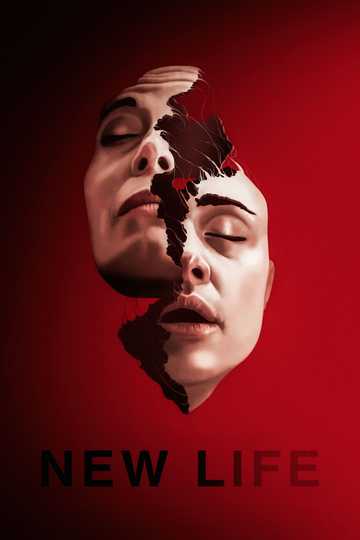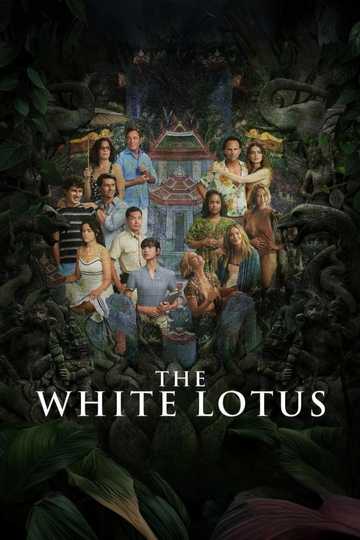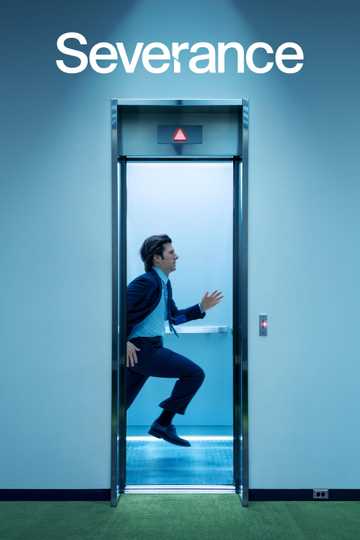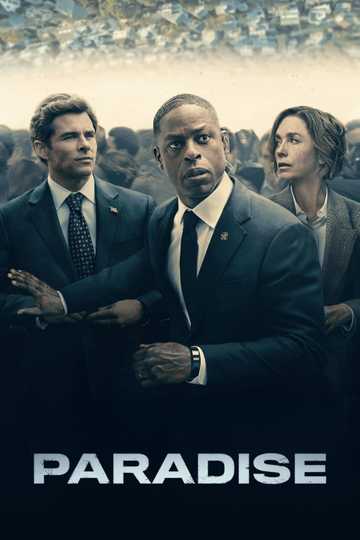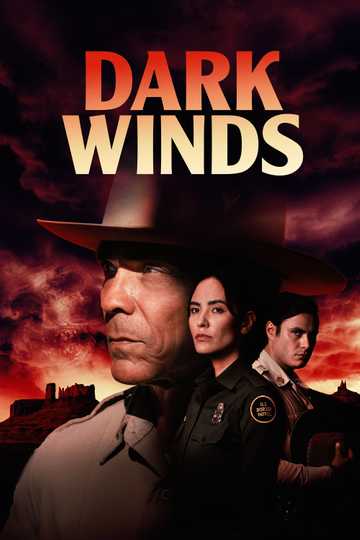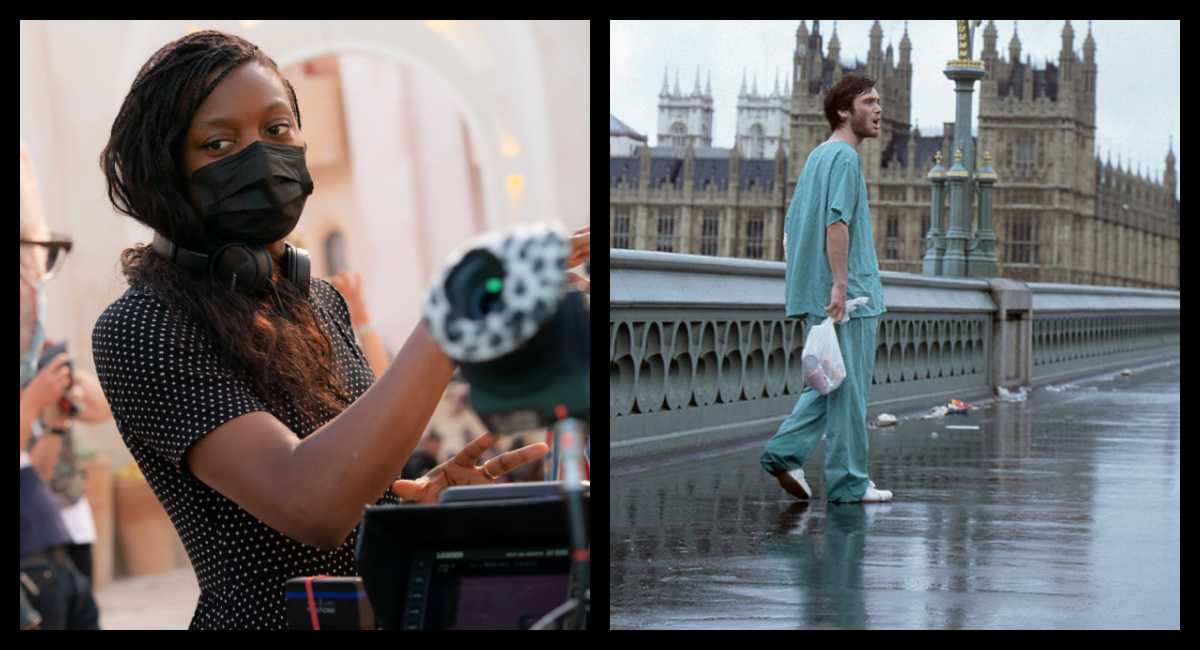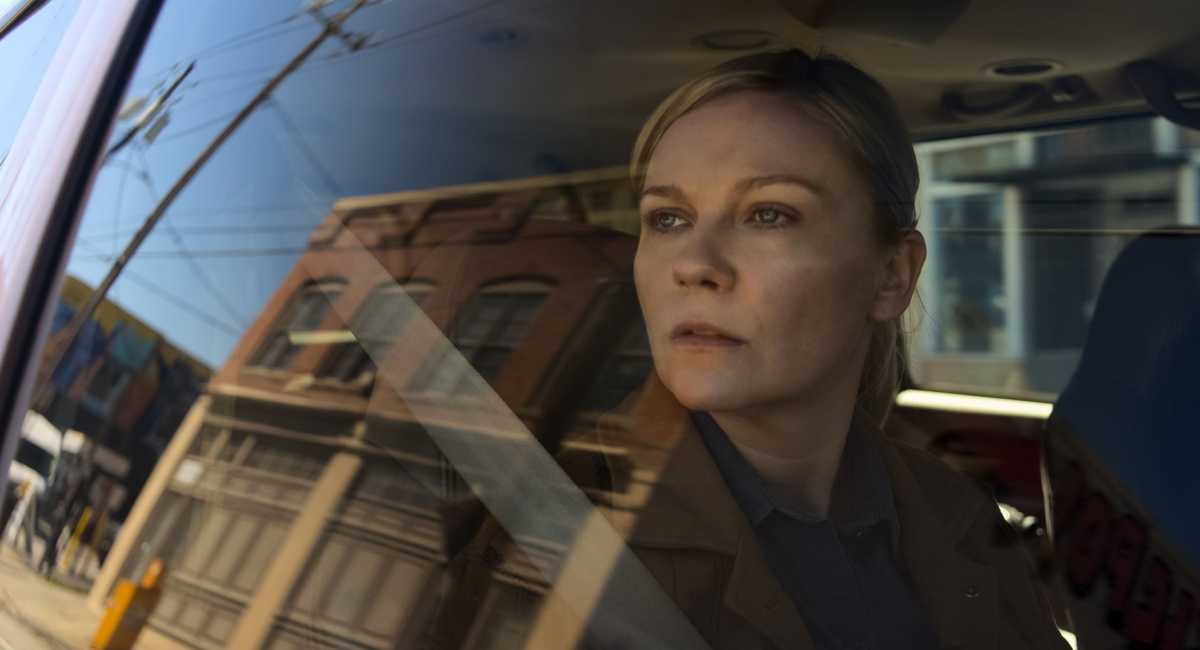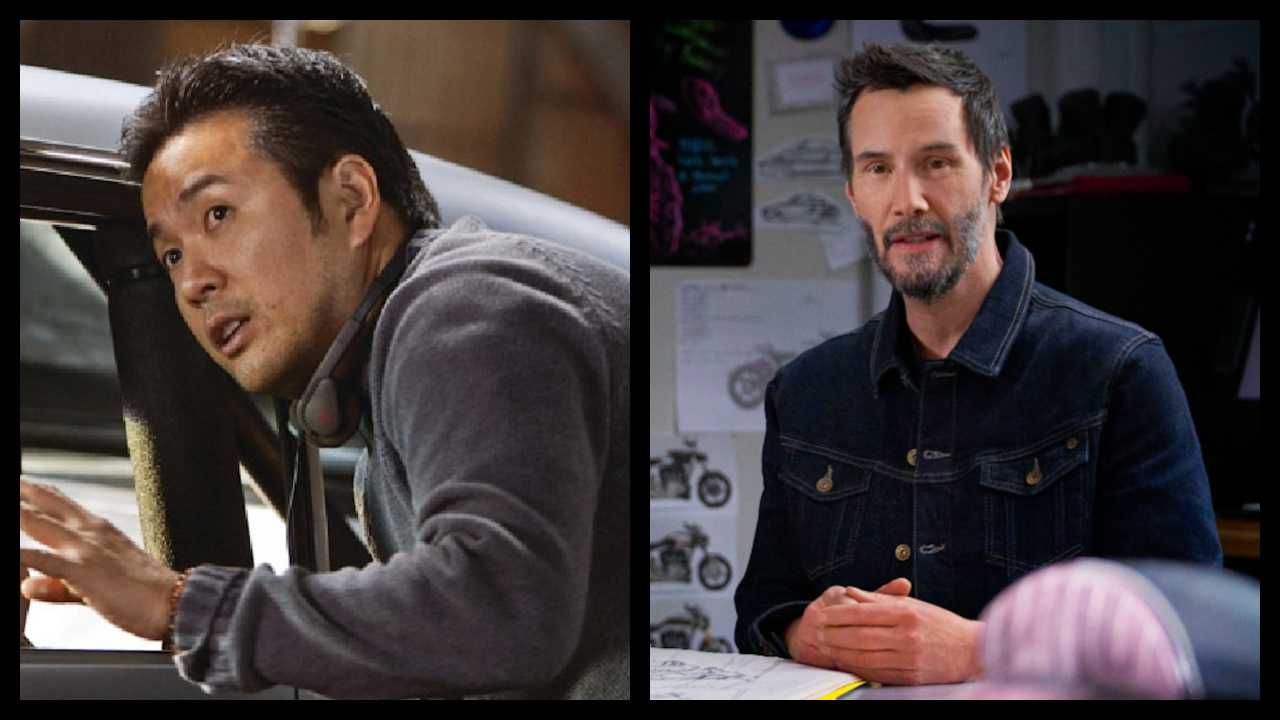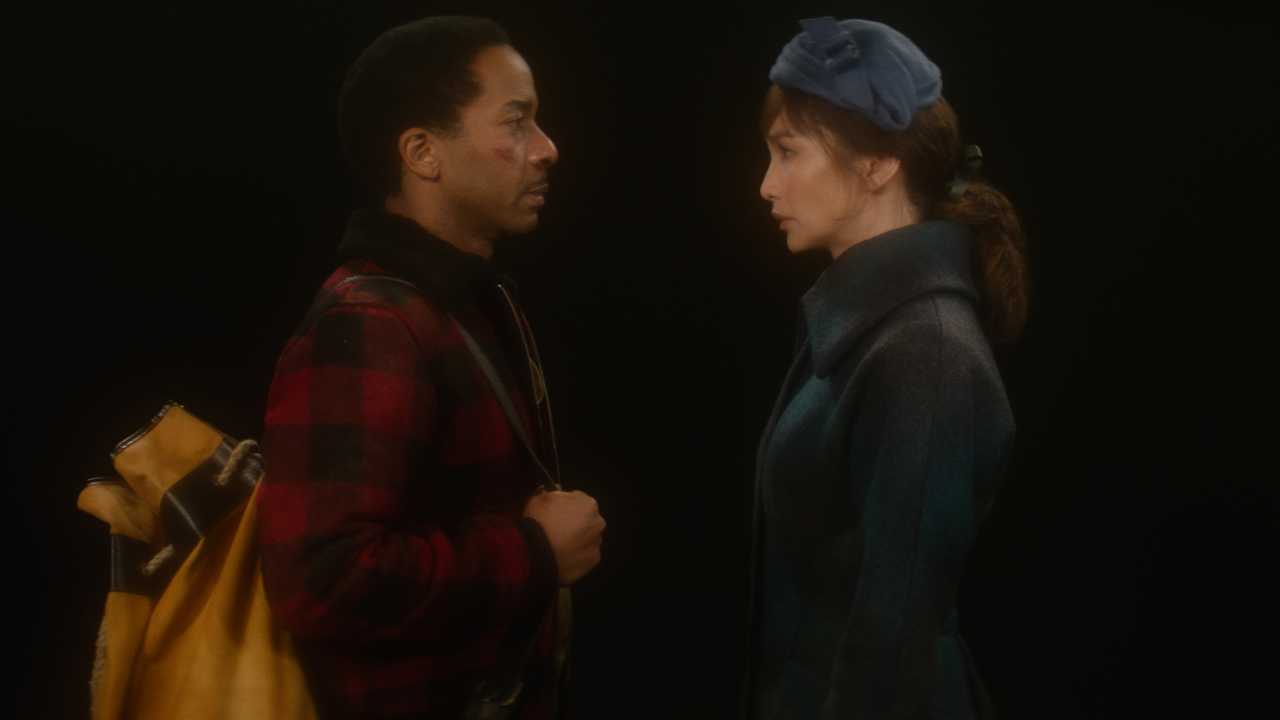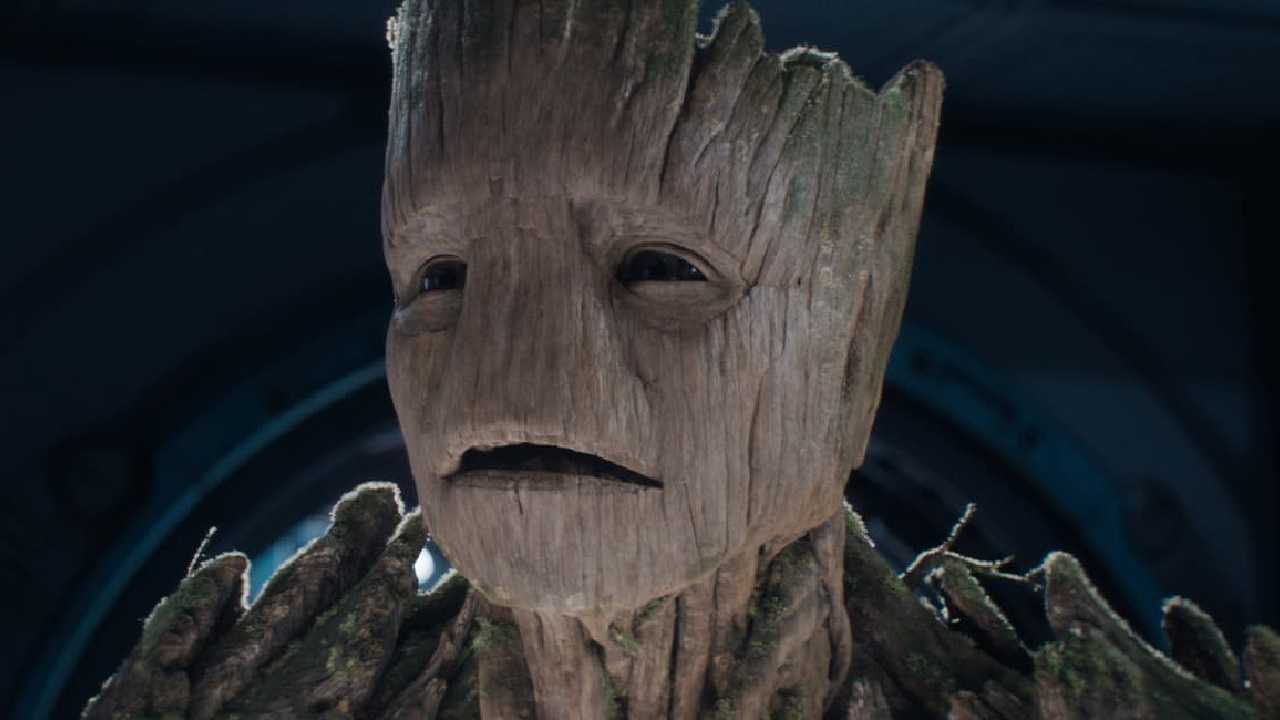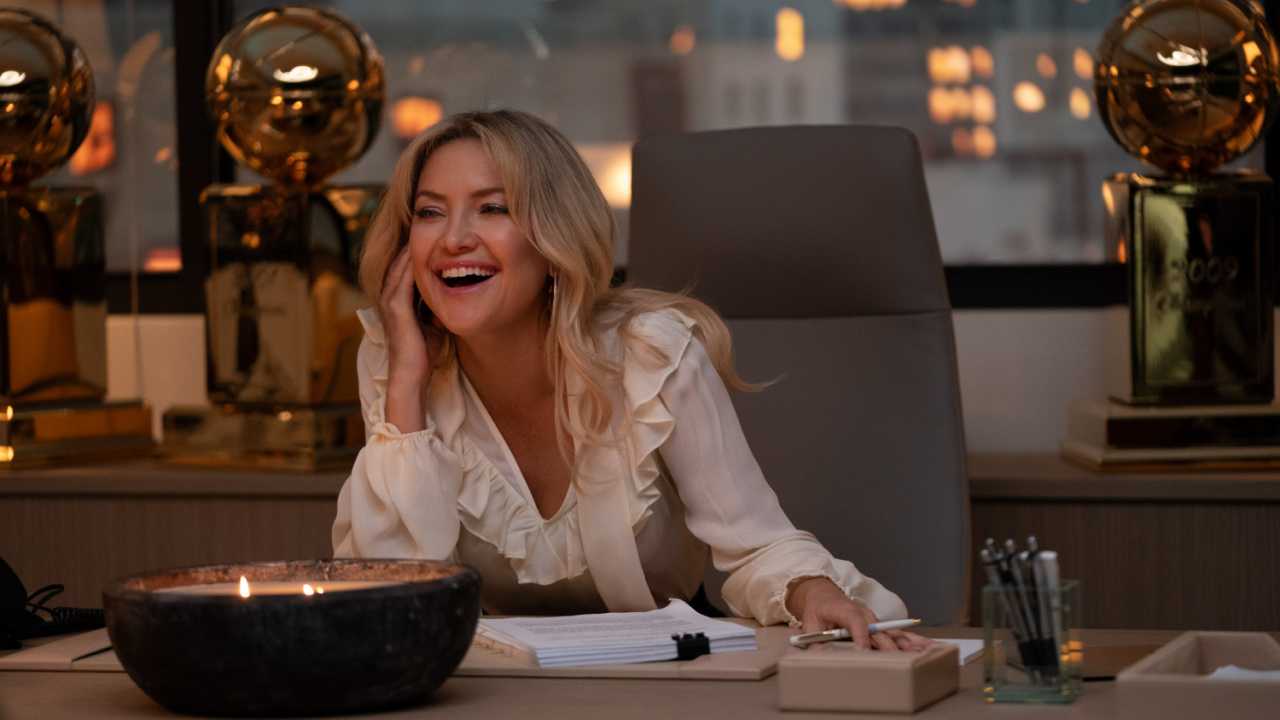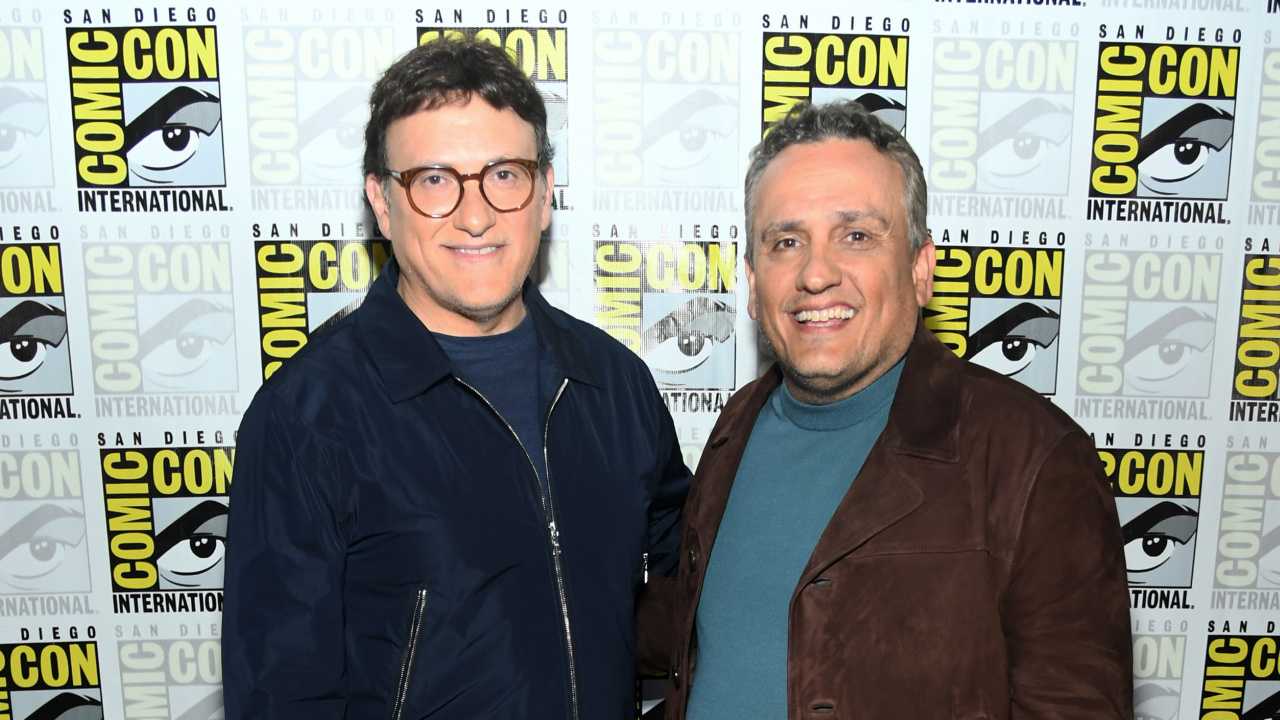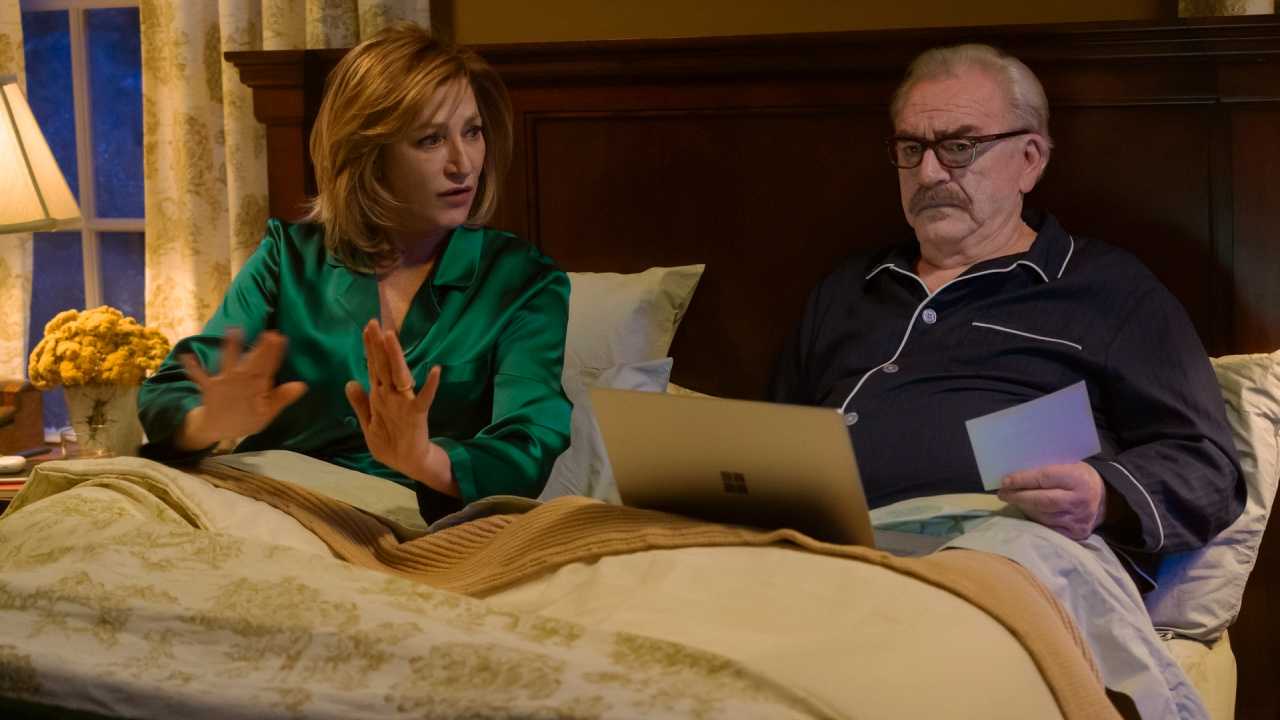15 Things You Never Knew About Karl Urban's 'Dredd'
When "Dredd" came out five years ago this week (on Sept. 21, 2012), it seemed that the box office dispensed Judge Dredd-style summary judgment against the film.
An effort to rescue the futuristic comic book anti-hero from the cringeworthy reputation he'd suffered as a result of the 1995 Sylvester Stallone/Rob Schneider version, the terse new "Dredd" earned a terse new verdict: Flop.
That could have been the end of it, but the movie's dry satirical wit, stunning 3D effects, and fidelity to the uncompromisingly bleak and violent comic made "Dredd" a sci-fi cult favorite. That the film worked as well as it did was a triumph over its budget constraints and behind-the-scenes conflicts. Here's how the makers of "Dredd" managed to lay down the law.
1. Judge Dredd originated in 1977, in the pages of British sci-fi magazine 2000 A.D., the creation of writer John Wagner and artist Carlos Ezquerra. The Dirty Harry-meets-RoboCop lawman seemed a natural fit for the big screen, but the 1995 Disney version made several missteps that alienated old fans while failing to attract new ones.
2. Among the movie's flaws: having Dredd (Stallone) remove his helmet and show his face (something he's never done over his 35-year history in print), and giving him a comic-relief sidekick (Schneider). When producer-screenwriter Alex Garland ("28 Days Later," "Sunshine") began writing a reboot script in 2006, these were mistakes he was determined not to repeat.
3. Garland (above, on the set of "Ex Machina") consulted with Wagner early on. The Shrewsbury, England restaurant where they met, The Peach Tree, gave its name to the 200-story slum where most of Garland's movie would take place.
4. Initially, Garland had a much more epic story in mind, one that would exploit the comic's vast setting, Mega City One, a sprawling future metropolis stretching from Boston to D.C. Eventually, however, he pared it down to one location and one 24-hour period. He also cut out robots and aliens from the comic's vision of the future.
5.Pete Travis was a social worker who, late in his career, shifted to filmmaking. His stylish, mind-twisty thriller "Vantage Point" landed him the gig directing "Dredd."
6.Karl Urban was coming off his first turn as Dr. McCoy in the rebooted "Star Trek" films when he heard about the development of "Dredd." A lifelong fan of the comic, the New Zealand-born actor lobbied for the part and won it ("He knew 'Dredd' and he understood it backwards," Garland said), then settled in for the challenge of conveying emotion with just his voice and his lower jaw, the only part of his face that would be visible beneath Dredd's visor.
7. Urban became that rare movie star who actually wanted fewer lines of dialogue than he was given. He worked with Garland to revise the script so that he could say less, partly because Dredd is supposed to be a man of few words, and partly because the Eastwood-like rasp he adopted for the role put a strain on his vocal cords.
8. The female pioneers of 1970s punk and new wave served as inspirations for the movie's two female leads. The creators of the comic based Cassandra Anderson, seen in the film as Dredd's rookie partner, on Blondie's Debbie Harry. The filmmakers based Ma-Ma, a fearless crime lord and drug kingpin, on rocker Patti Smith.
9. Originally, Ma-Ma was going to be a lot older and fatter, until the filmmakers cast lithe Game of Thrones."
10. Even before Garland's script was finished or Travis was hired, the production team started working on the striking visuals needed to simulate the effects of "slo-mo," the designer drug in the movie that makes users experience time at 1/100th the normal speed. (Much of the credit goes to the Phantom Flex camera, which can shoot 3,000 frames per second.) It also involved shooting in 3D, something that cinematographer Anthony Dod Mantle, who'd just won an Oscar for "Slumdog Millionaire," had never done before.
11. Even the music was slowed down, with composer Paul Leonard-Morgan simulating the sounds he'd heard on a Justin Bieber track that had been slowed down to 1/800th of normal speed. Getting the effects right was one reason post-production on the film took nearly two years.
12. Did Garland elbow Travis out of the director's chair? The writer-producer has said that his unusual collaboration with Travis was something they'd worked out in advance. Even so, Urban said that, on the set, he would turn to Garland for direction, rather than Travis. And during the editing process, Travis' absence led the Los Angeles Times to report that he'd been fired, a contention that Garland denied. Nonetheless, Travis received sole credit for directing "Dredd."
13. To save money, the production shot in Cape Town and Johannesburg in South Africa. The production was frugal in other ways, too. The rippling-flesh effect when characters get shot was achieved without digital trickery, just by using blasts of compressed air. And for the motorcycle scenes, the filmmakers saved money on a stunt driver; that's really Urban on the bike.
14. "Dredd" cost a reported $45 million to make, a modest sum for a futuristic action epic with lots of digital effects. It earned back just $13 million in North America and a total of $41 million worldwide.
15. With figures like that, a sequel seemed out of the question. Yet "Dredd" found a following on home video, where it earned at least $20 million. A petition on a Facebook fan site calling for a sequel reached 80,000 signatures. Finally, in May 2017, a "Dredd" follow-up TV series was announced, with Urban revealing in August that he was in talks to reprise his starring role. Fingers crossed, Dredd-heads.





